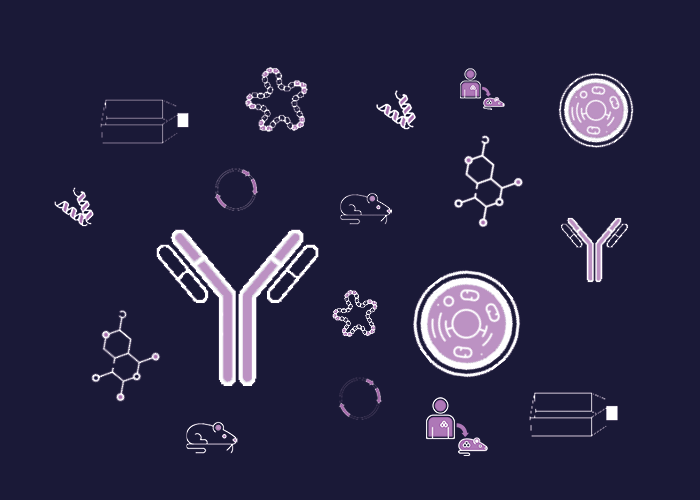
Cat. #153251
DOK Cell Line
Cat. #: 153251
Unit size: 1x10^6 cells / vial
Organism: Human
Tissue: Tongue
Disease: Cancer
Model: Tumour cell line
£575.00
This fee is applicable only for non-profit organisations. If you are a for-profit organisation or a researcher working on commercially-sponsored academic research, you will need to contact our licensing team for a commercial use license.
Contributor
Inventor: Sidney Chang
Institute: Cancer Research UK, London Research Institute: Lincoln's Inn Fields
Tool Details
*FOR RESEARCH USE ONLY (for other uses, please contact the licensing team)
- Name: DOK Cell Line
- Alternate name: dysplastic oral keratinocyte
- Cancer: Head and neck cancer
- Cancers detailed: Human Caucasian dysplastic oral keratinocyte
- Research fields: Cancer;Drug development
- Organism: Human
- Tissue: Tongue
- Disease: Cancer
- Growth properties: Adherent
- Model: Tumour cell line
- Conditional: Yes
- Description: DOK (dysplastic oral keratinocyte) cell line was isolated from a piece of dorsal tongue from a 57 year old man (who was a heavy smoker). The degree of dysplasia in the patient was described as mild to moderate. The cells show some stratification in confluent cultures and contain a keratin profile similar to the original dysplasia. Growth is stimulated by hydrocortisone and inhibited by cholera toxin. Expression of p53 is increased and a 12 bp in-frame deletion of the p53 gene (codon 188-191) could be identified. DOK cells are non-tumourigenic in athymic nude mice. This cell line can be used to study carcinogens associated with tobacco and their implications in malignant transformation.
- Application: Study of oral keratinocytes, multi-stage oral carcinogenesis
- Production details: The dysplastic oral keratinocyte cell line DOK was isolated from a piece of dorsal tongue from a 57 year old man. After a squamous-cell carcinoma was removed from the patient, who had been a heavy smoker, the remaining dysplasia was removed subsequently and used to initiate primary cultures leading to the establishment of DOK.
- Additional notes: STR-PCR Data: Amelogenin: X,Y CSF1PO: 12 D13S317: 11,13 D16S539: 9,12 D5S818: 12 D7S820: 11,13 THO1: 6,8 TPOX: 10 vWA: 14,18
- Cellosaurus id: CVCL_1180
Applications
- Application: Study of oral keratinocytes, multi-stage oral carcinogenesis
- Application notes: STR-PCR Data: Amelogenin: X,Y CSF1PO: 12 D13S317: 11,13 D16S539: 9,12 D5S818: 12 D7S820: 11,13 THO1: 6,8 TPOX: 10 vWA: 14,18
Handling
- Format: Frozen
- Growth medium: DMEM + 2mM Glutamine + 5ug/ml Hydrocortisone + 10% Foetal Bovine Serum (FBS).
- Temperature: 37°C
- Atmosphere: 5% CO2
- Unit size: 1x10^6 cells / vial
- Shipping conditions: Dry ice
- Subculture routine: Split sub-confluent cultures (70-80%) 1:10 i.e. seeding at 2-4x10,000 cells/cm² using 0.05% trypsin or trypsin/EDTA; 5% CO₂; 37°C. Please also see detailed protocol within the Product Datasheet in the Documentation section below.
References
- Burns et al. 1994. Br J Cancer. 70(4):591-595. PMID: 7917902.
- Chang et al. 1992. Int J Cancer. 52(6):896-902. PMID: 1459732.



